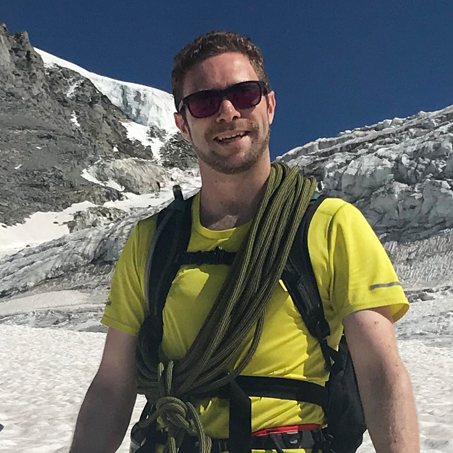When is the best time to climb Everest?
We take a look at when the best time to climb Everest is, why it is that the climbing window is so short and why summer and winter ascents are so rare
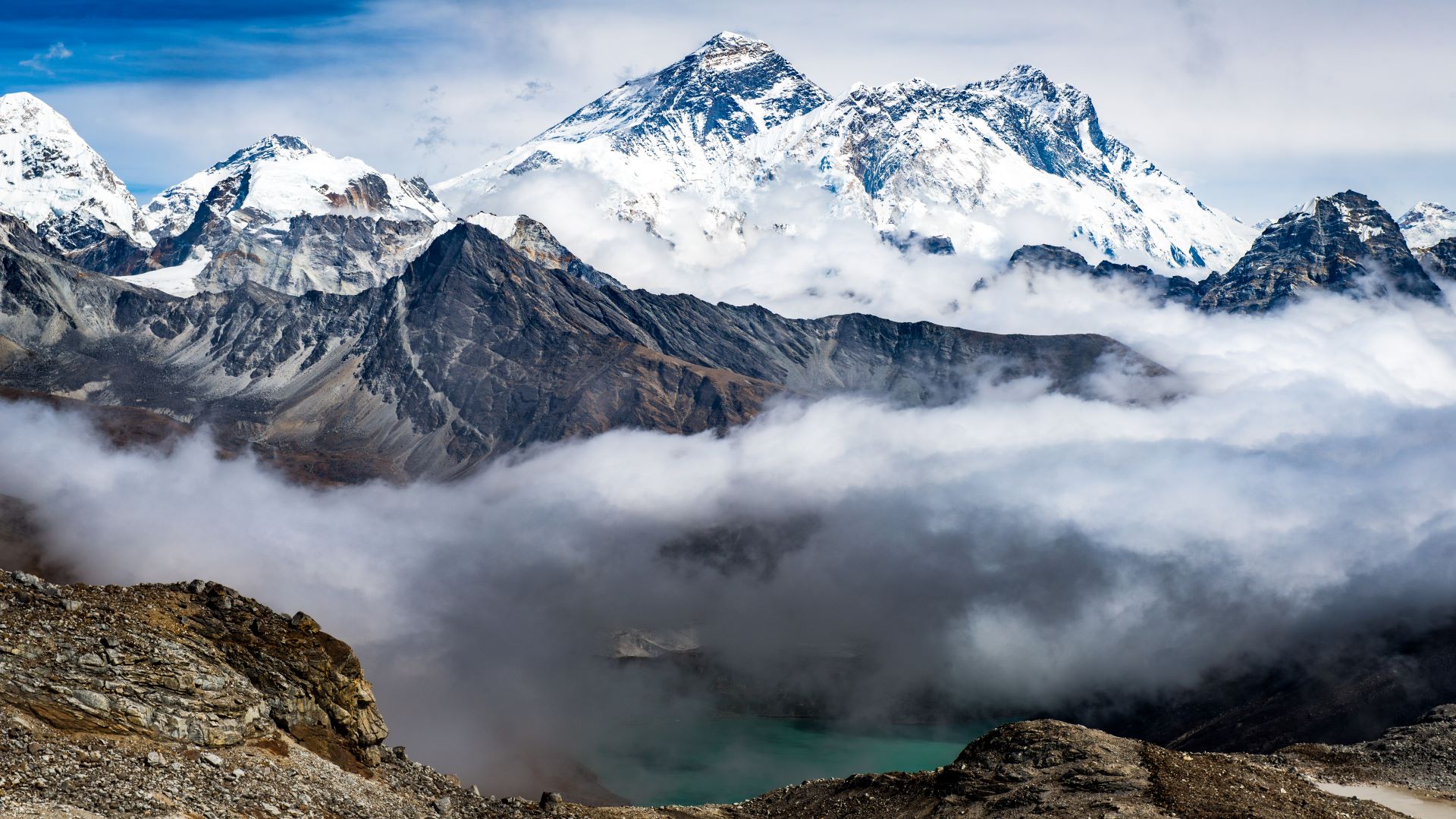
May 29 1953 is arguably the most important date in mountaineering history. At around 11:30am, Sherpa Tenzing Norgay and New Zealander Edmund Hillary became the first people to stand on the summit of the world’s highest mountain, Everest.
It’d be 22 years before Japanese mountaineer Junko Tabei would become the first woman to stand on the summit, which she achieved on May 16 1975. Three years later, Reinhold Messner and Peter Habeler became the first people to summit without supplemental oxygen, on May 8 1978. Fast forward to 2019, and it’s thought that a record 358 people reached the summit on a single day alone: May 23.
You don’t need Sherlock Holmes’ knack for deduction to figure out that May is obviously a good month to try your hand at ascending the world’s tallest mountain. In fact, according to the Himalayan Database, around 80% of the approximately 13,000 successful summits has occurred in May.
To get to the bottom of why this is, we asked one of our mountaineering experts to delve a little deeper into why May is such a favorable month to climb Everest and to see if there are any other good times. Naturally, we also couldn’t resist revealing when the worst times to climb Everest are.
When is the best time to climb Everest? And why?
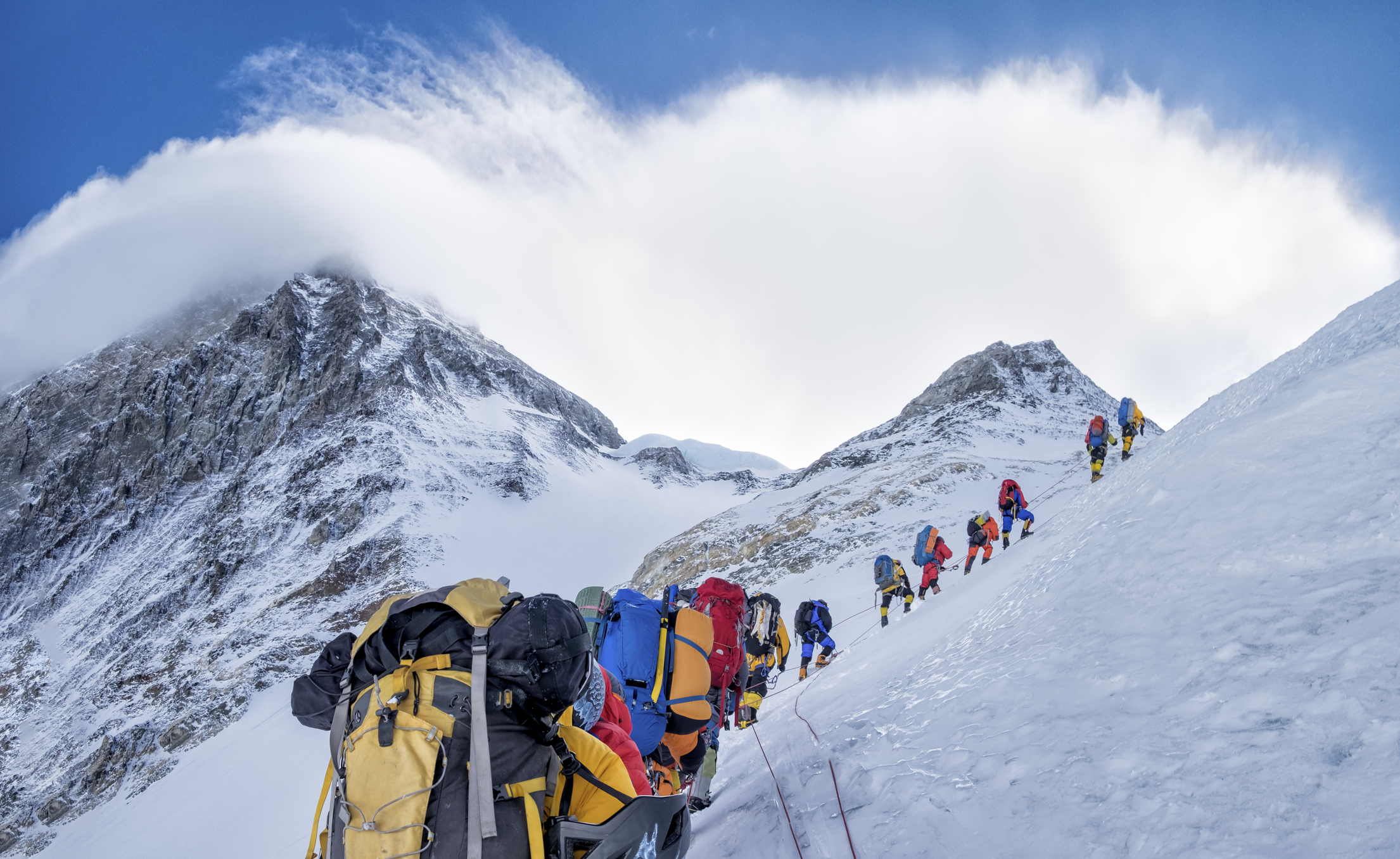
Mid-May is the best time to climb Everest, during the pre-monsoon ‘summit window’. This is thanks to the movements of the jet stream, which drifts north during this time, bringing calmer winds and warmer temperatures to the mountain. This window, which usually lasts between a week and about 10 days, closes with the arrival of the Asian monsoon. If you were to bet on the best day, it’d be May 19, with 13% of all successful summits, more than any other.
At 29,030ft (8,849m) tall, Everest extends beyond the upper troposphere and into the stratosphere, a place where wind speeds in excess of 100 mph are common. It's only when the jet stream shifts that extended periods of relative calm can be expected. May also experiences less rainfall and better visibility than other months. All of this means that climbers have better odds of succeeding during May – it’s as simple as that.
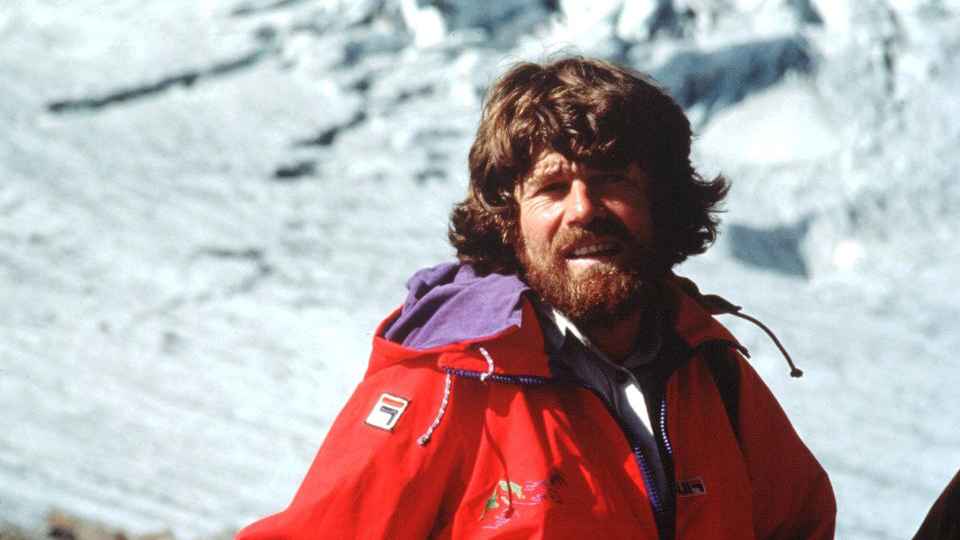
However, it’s likely that critics of the rampant adventure tourism present on Everest today, such as the great Reinhold Messner, would refute the claim that May is the “best” time to climb Everest. One only needs to think of Nims Purja’s viral photo of queuing mountaineers from 2019 to be reminded that climbing Everest during this popular summit window is far from a solitary adventure experience. Plus there’s the fact that slow moving human traffic in the thin air of the death zone could be a cocktail for disaster.
All the latest inspiration, tips and guides to help you plan your next Advnture!
So, are there other good times to climb Everest?
Post-monsoon season
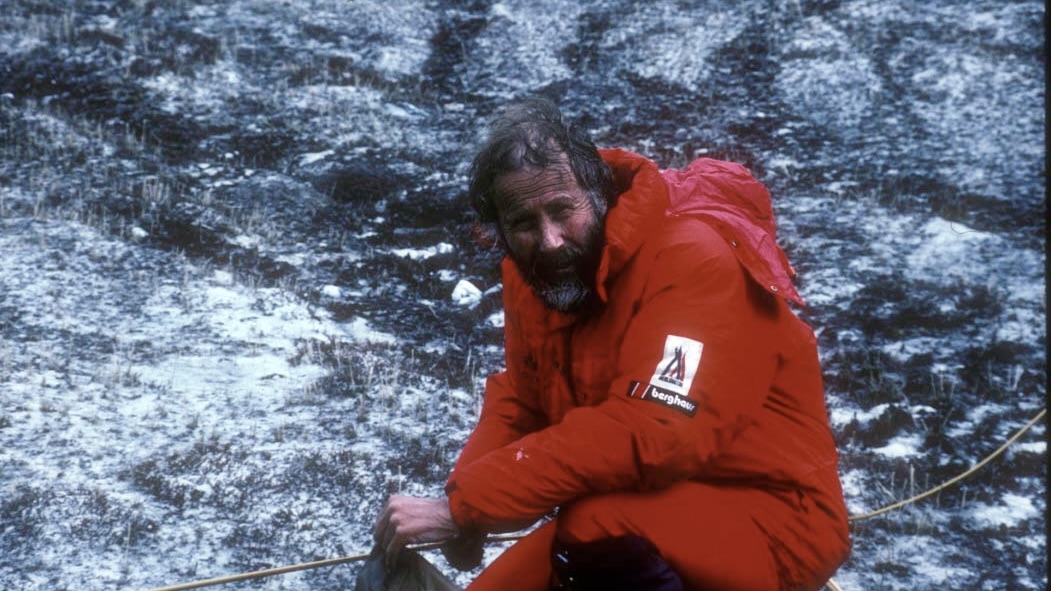
A similar summit window exists in autumn, between the departure of the monsoon and the colder temperatures and stronger winds of winter. During this time, the weather is more stable, the temperatures are moderate and visibility better. This is known as the post-monsoon season.
The first post-monsoon ascent of the mountain was achieved in 1975, when the British Mount Everest Southwest Face expedition, led by the great Chris Bonington, saw Dougal Haston and Doug Scott summit on September 24, and then Peter Boardman and Sirdar Pertemba Sherpa two days later. Most post-monsoon summits thereafter would occur in October, including by the likes of Kurt Diemberger, the only person in history to have recorded first ascents on two 8,000m peaks (Broad Peak and Dhaulagiri), in 1978, and American great George Lowe, along with Dan Reid and Jay Cassell in 1983.
However, successful climbs are still much more of a rarity during this second window. The mountain is much more popular in the pre-monsoon, particularly with guides taking clients to the roof of the world. This is due to the post-monsoon season’s increased snow fall, which creates unstable slopes that are more prone to avalanche. However, these conditions can also attract elite skiers and snowboarders to Everest.
When are the worst times to climb Everest?
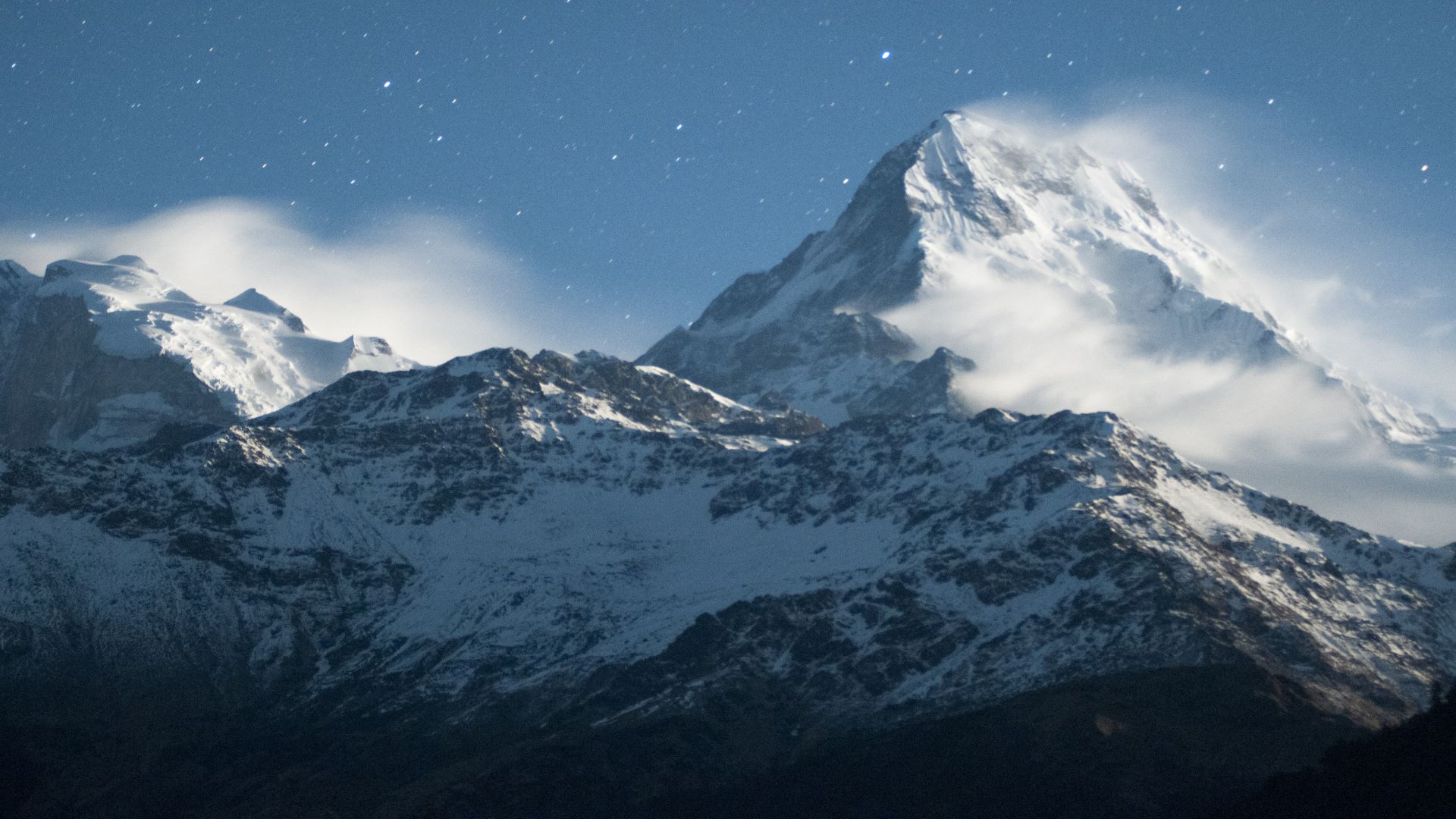
The height of summer and the depths of winter are the worst times to tackle an ascent of Everest. Winter may seem like the obvious worst time but the summer monsoon season sees heavy rainfall and high humidity conspire to create the ideal conditions for avalanches, rockfall and landslides. Visibility is also worse during the monsoon, with low cloud being a much more common occurrence. In fact, Himalayan records suggest that there have been more successful summits in winter than in summer.
Of course, winter is also the preserve of only the most ambitious mountaineers. Temperatures plunge to -22°F (-30°C) at base camp and thanks to windchill the summit can feel as low as -112°F (-80°C). The jetstream is also back in action, bringing extremely strong winds and heavy snowfall. In fact, Everest’s summit is the windiest place on Earth and record speeds recorded here in February 2004 were in excess of 175mph.
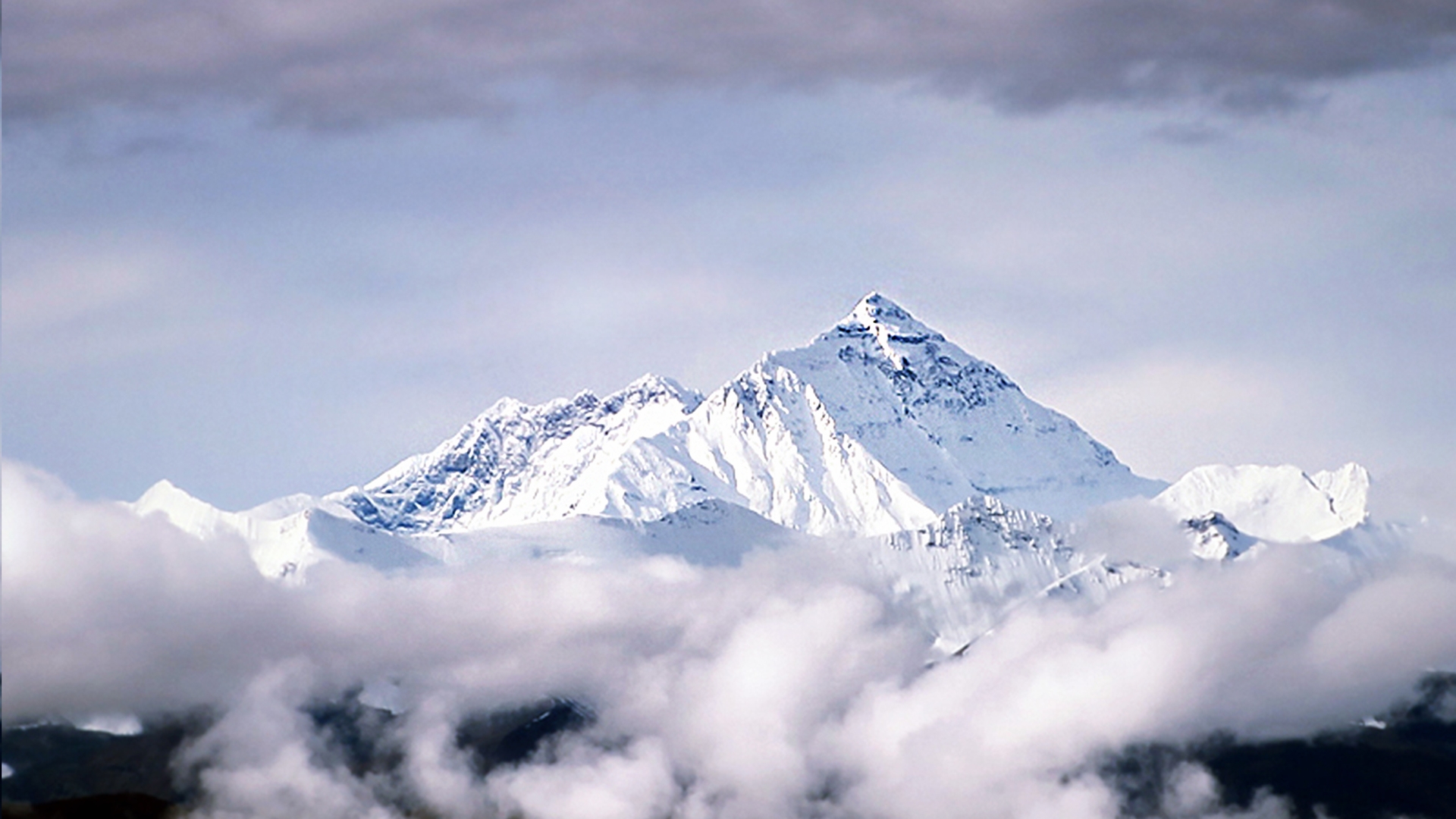
The first winter ascent occurred on February 17 1980, when Polish alpinists Leszek Cichy and Krzystof Wielicki made to the top. Along with an expedition team of more than 20 climbers, they battled the ferocious elements, having to continuously rebuild even the lower camps, which were regularly getting destroyed by the high winds, with some as high as 125mph. However, the gusts started to subside and, with their permit window about to shut, Wielicki and Cichy hopefully moved up to Camp 4 on February 16. Their summit day was ‘unimaginably cold’ and the pair still had to battle strong winds to make the top. However, they’d proved climbing Everest in winter was possible.
German mountaineer Jost Kobusch is currently training to become the first person to summit Everest solo in winter, without supplemental oxygen. However, new rules requiring all climbers to have at least one Sherpa with them from September this year have thrown the future of his attempt into question.
To this day, only 15 people have made it to the summit during the cold season. It’s thought that around 34 expeditions have tried, with only five succeeding. The extremely challenging mix of ferocious wind and even fiercer cold make Everest in winter an undertaking only for those willing to risk all and suffer very profound discomfort for the glory of the summit.
Alex is a freelance adventure writer and mountain leader with an insatiable passion for the mountains. A Cumbrian born and bred, his native English Lake District has a special place in his heart, though he is at least equally happy in North Wales, the Scottish Highlands or the European Alps. Through his hiking, mountaineering, climbing and trail running adventures, Alex aims to inspire others to get outdoors. He's the former President of the London Mountaineering Club, is training to become a winter mountain leader, looking to finally finish bagging all the Wainwright fells of the Lake District and is always keen to head to the 4,000-meter peaks of the Alps. www.alexfoxfield.com
